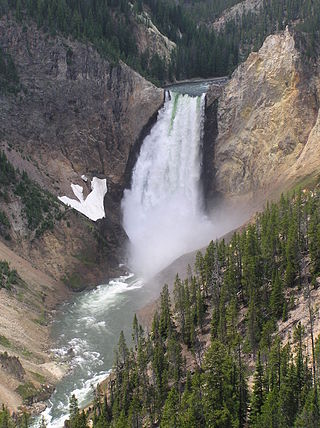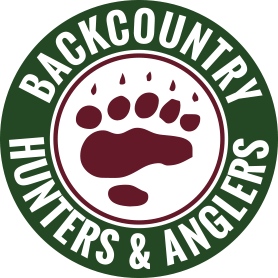In the United States, an interstate compact is a pact or agreement between two or more states, or between states and any foreign sub-national government.

The territory of the United States and its overseas possessions has evolved over time, from the colonial era to the present day. It includes formally organized territories, proposed and failed states, unrecognized breakaway states, international and interstate purchases, cessions, and land grants, and historical military departments and administrative districts. The last section lists informal regions from American vernacular geography known by popular nicknames and linked by geographical, cultural, or economic similarities, some of which are still in use today.

The protected areas of the United States are managed by an array of different federal, state, tribal and local level authorities and receive widely varying levels of protection. Some areas are managed as wilderness, while others are operated with acceptable commercial exploitation. As of 2022, the 42,826 protected areas covered 1,235,486 km2 (477,024 sq mi), or 13 percent of the land area of the United States. This is also one-tenth of the protected land area of the world. The U.S. also had a total of 871 National Marine Protected Areas, covering an additional 1,240,000 sq mi (3,200,000 km2), or 26 percent of the total marine area of the United States.
Bald Mountain may refer to:

The Wilderness Society is an American non-profit land conservation organization that is dedicated to protecting natural areas and federal public lands in the United States. They advocate for the designation of federal wilderness areas and other protective designations, such as for national monuments. They support balanced uses of public lands, and advocate for federal politicians to enact various land conservation and balanced land use proposals. The Wilderness Society also engages in a number of ancillary activities, including education and outreach, and hosts one of the most valuable collections of Ansel Adams photographs at their headquarters in Washington, D.C.
The following is a set–index article, providing a list of lists, for the cities, towns and villages within the jurisdictional United States. It is divided, alphabetically, according to the state, territory, or district name in which they are located.
The Association of Public and Land-grant Universities (APLU) is a research, policy, and advocacy organization of public research universities, land-grant institutions, state university systems, and higher education organizations. It has member campuses in all of the United States as well as the District of Columbia, four U.S. territories, Canada, and Mexico.

In the United States, the forest cover by state and territory is estimated from tree-attributes using the basic statistics reported by the Forest Inventory and Analysis (FIA) program of the Forest Service. Tree volumes and weights are not directly measured in the field, but computed from other variables that can be measured.
The National Medal for Museum and Library Service is an award given annually by the Institute of Museum and Library Services (IMLS) to American libraries and museums with outstanding service to their communities. The IMLS refers to the medal as "the nation’s highest honor conferred on museums and libraries for service to the community." The award is typically presented by the First Lady of the United States.
The following television stations broadcast on digital channel 10 in the United States:

Backcountry Hunters & Anglers (BHA) is a non-profit sportsmen's organization that is based in Montana, USA. The group looks to preserve North America's outdoor heritage of hunting and fishing through public education and advocacy. Backcountry Hunters & Anglers works to prevent the development of wild land in North America and follows the North American Model of Wildlife Conservation as a basis for its positions.
The following television stations operate on virtual channel 2 in the United States:
In the United States, the first full week of September is designated National Blood Donation Week. Established in 2016, the week United States is to hold individual state blood donation days. This serves to assist blood banks all over the country to keep their shelves full and to raise awareness of the continual need to donate blood and blood products. September 4th of the week holds most of the states' blood donation days, and is known as National Blood Donation Day.
National Blood Donation Day comes each year on September 4. It is an observance during National Blood Donation Week and campaign that highlights the need for blood. Multiple states throughout the United States have their state blood donation day on this same day uniting the country in its effort to keep blood banks and hospitals stocked.




